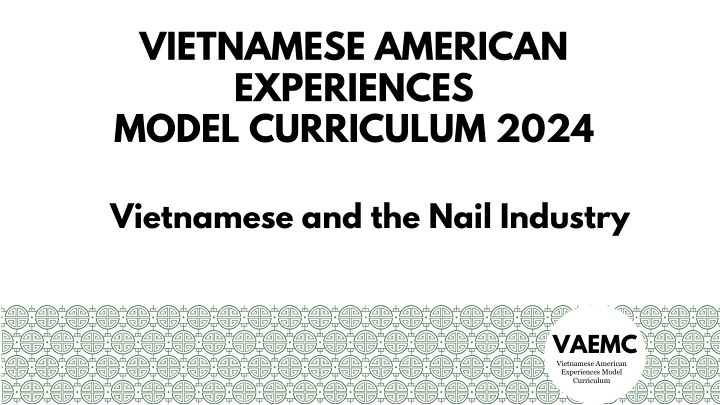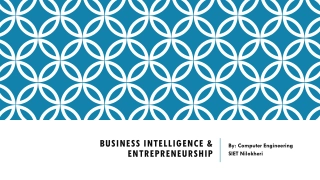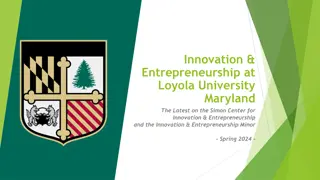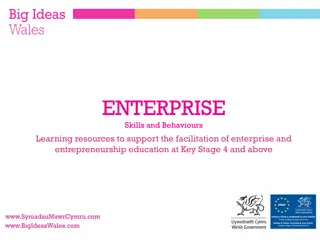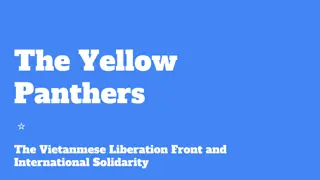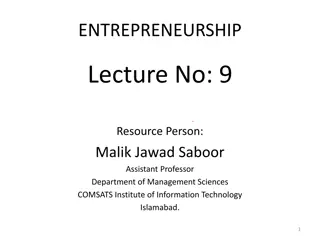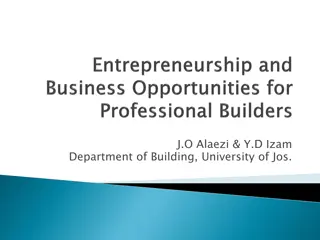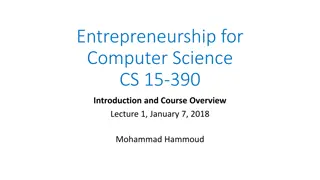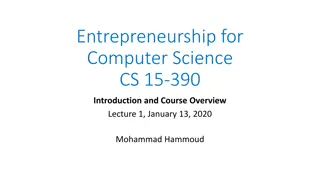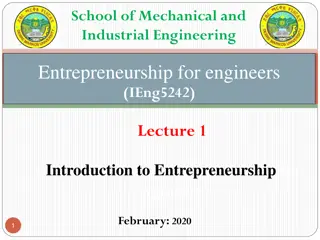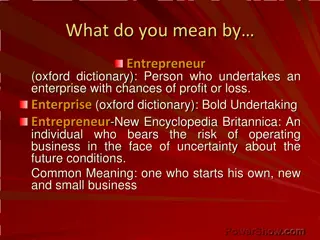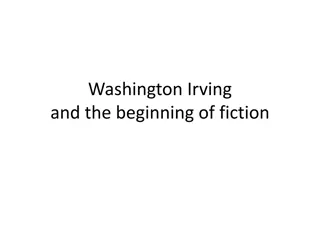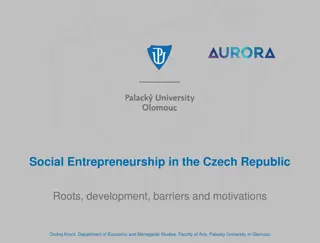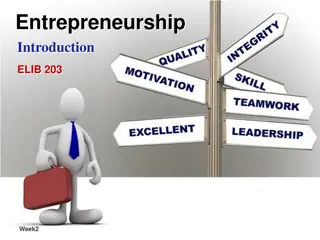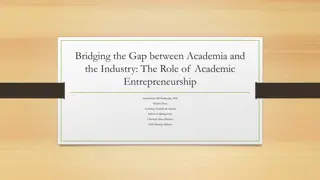Vietnamese American Entrepreneurship in the Service Industry
Immigrants, particularly Asian immigrants, excel in small businesses like nail salons due to historical, social, and cultural factors. Women, especially Vietnamese refugees, demonstrate resilience and adaptability, contributing to the service industry's growth.
Download Presentation

Please find below an Image/Link to download the presentation.
The content on the website is provided AS IS for your information and personal use only. It may not be sold, licensed, or shared on other websites without obtaining consent from the author.If you encounter any issues during the download, it is possible that the publisher has removed the file from their server.
You are allowed to download the files provided on this website for personal or commercial use, subject to the condition that they are used lawfully. All files are the property of their respective owners.
The content on the website is provided AS IS for your information and personal use only. It may not be sold, licensed, or shared on other websites without obtaining consent from the author.
E N D
Presentation Transcript
VIETNAMESE AMERICAN EXPERIENCES MODEL CURRICULUM 2024 Vietnamese and the Nail Industry VAEMC Vietnamese American Experiences Model Curriculum
Making Connections Rate your understanding of each term: Entrepreneurship Niche Stretching McNails Toxic Trio
Key Terms Entrepreneurship: Entrepreneurship is the act of starting and running a business, taking on financial risks in the hope of making a profit. Niche Stretching: Broadening customer base (typically via class) and expanding the range of services McNails : Inexpensive, impersonal, and quick nail services; convenient in location and business hours Toxic Trio: Common toxic chemicals found in nail polish (formaldehyde, toluene, and dibutyl phthalate) Question: What are the benefits and costs (pros and cons) of entrepreneurship?
Immigrant Businesses Why do immigrants, particularly Asian immigrants, enter into small business and entrepreneurship, particularly the service industry? What businesses are commonly owned by immigrants? Why are many of these businesses service trades (hair, nails, cuisine, agriculture, cleaning, machinery, textiles etc.)? What factors drive this? What is the gendered nature of these businesses? Why isn t there an equal proportion of men to women in these industries?
Immigrant Businesses The landscape of immigrant small businesses and entrepreneurship is intricately woven with historical, social, and cultural factors. Historically, immigrants faced challenges like non-transferrable formal education to the US context and the phenomena of white flight followed by ethnic succession, influencing the formation and growth of businesses. Socially, limited English language skills posed hurdles, often leading businesses to settle in ethnic enclaves for linguistic and cultural comfort. The infusion of cultural capital played a pivotal role, with immigrants applying their unique cultural attributes to business endeavors, often employing family and community members.
Immigrant Businesses Notably, women emerged as strong entrepreneurs, establishing nail and hair salon businesses that not only showcased their cultural expertise but also provided vital financial support for their families. These intertwined dynamics reflect the resilience and adaptability of immigrant entrepreneurs in the face of multifaceted challenges. Vietnamese refugees found their entry into the nail trade and industry through a cohort of 20 women, inspired by actress Tippi Hedren's support. This introduction was maximized through institutional factors that provided crucial support. Chain migration facilitated the expansion of Vietnamese individuals into the nail industry, further driven by targeted advertisements and marketing in Vietnamese publications.
Immigrant Businesses To enhance accessibility, key steps were taken: nail technician training was offered in Vietnamese, and licensing state board exams were translated. The intersections of race, class, and gender played a significant role, with roots in Black culture and style, and partnerships between the Black and Vietnamese communities leading to franchising and creative collaborations. Vietnamese expansion in the nail industry was substantial. Costs decreased, expedited services became available, and brick and mortar businesses flourished in various locations, including malls, big box stores, city centers, and ethnic enclaves. This expansion extended beyond salons into warehousing, product development, and other industry facets, making a significant mark on the industry's accessibility and presence.
Nailed It Watch this clip from the show Nailed It https://tubitv.com/movies/629631/nailed-it?start=true&utm_source=google- feed&tracking=google-feed What is one important main idea about how refugees were introduced to the nail trade and industry? Identify 2+ institutional factors that have supported Vietnamese people's entrance into the nail industry and discuss their importance What learnings did you discover about the intersections and partnerships of race, class, and gender within the nail industry? Share an Aha! moment or shocking statistic.
Cultural Productions: Zines Create zines (https://blog.flipsnack.com/what-is-a-zine/) focused on one element of Vietnamese participation and influence in the nail salon industry that interests you most. Use the zine as an opportunity to incorporate oral histories, familial, and community histories, as well as develop your own questions on how Vietnamese people have challenged marginalization or racism. Zines may also focus on how Vietnamese refugees have shaped attitudes and policies of health and safety, labor, and immigration through the nail salon industry. Zines should address and respond to the lesson questions: What key factors helped influence the exponential growth of Vietnamese refugees in the nail salon industry? How have Vietnamese refugees transformed the industry?
Dialogue and Reflection Whose history is this? What did we learn? Why is this knowledge important? How does this connect to our current lives?
